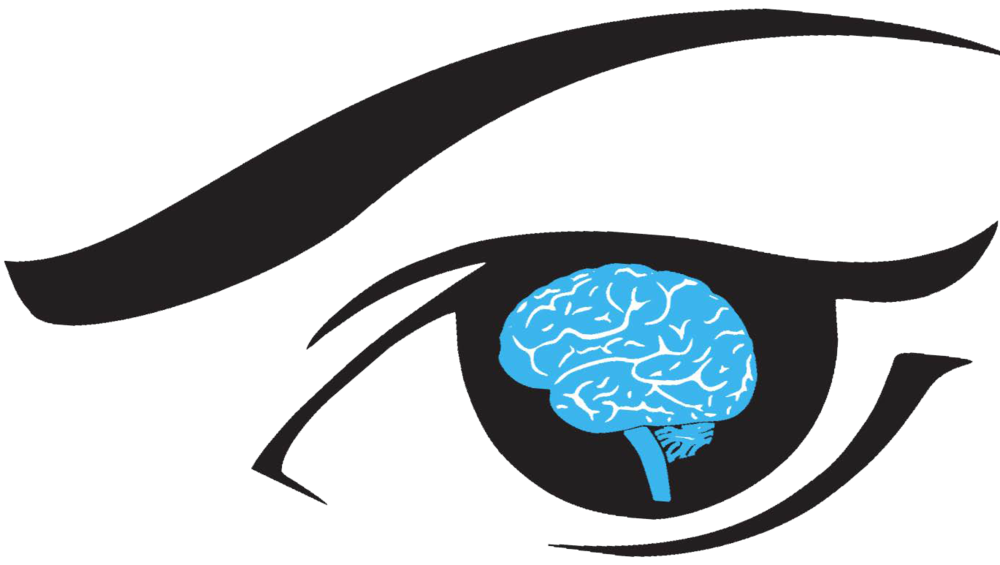Vision Therapy
What is Vision Therapy?
Unlike other forms of exercise, the goal of optometric vision therapy is not to strengthen eye muscles. Your eye muscles are already incredibly strong. Instead, vision therapy aims to retrain the learned aspects of vision through the recently-understood concept of neuroplasticity.
Vision Therapy is:
A progressive program of vision procedures
Performed under doctor supervision
Individualized to fit the visual needs of each patient
Generally conducted in-office, in once- or twice-weekly sessions of 30 minutes to an hour
Occasionally supplemented with procedures done at home between office visits
Vision Therapy may use:
Therapeutic lenses
Prisms
Filters
Occluders or patches
Electronic targets with timing mechanisms
Balance boards
A variety of special tools designed for specific and unique vision therapy activities
Vision Therapy aims to:
Help patients develop or improve fundamental visual skills and abilities
Improve visual comfort, ease, and efficiency
Change how a patient processes or interprets visual information
For more information about Vision Therapy, visit COVD and OEPF.
Sports Vision Therapy
What is Sports Vision Training?
Sports vision training works on improving the visual abilities of an athlete that are most necessary for excellence in their sport. Some of these abilities include eye-hand coordination, dynamic visual acuity, tracking, focusing, visual reaction time, and peripheral vision. All activities are done on a sport specific basis with a custom tailored program for each sport and athlete. Therefore, a program for a tennis player will emphasize eye-hand coordination and dynamic visual acuity whereas a program for a golfer will concentrate on visual alignment and depth perception to see the breaks in the greens.
Many athletes are amazed at how we can predict their performance based on our findings from a visual screening. If you are having trouble getting to the next level in your particular sport even after stepping up your practice, you might have a visual problem limiting your success.
The visual skills necessary for peak athletic performance in many sports are:
Dynamic Visual Acuity: Seeing moving objects clearly
Eye Tracking: the ability to "keep your eye on the ball.”
Eye Focusing: the ability to change focus from one object to another quickly and clearly.
Peripheral Awareness: seeing out of the corner of your eye.
Depth Perception: the ability to quickly and accurately judge the distance and speed of objects.
Eye-Hand or Eye-Body Coordination: the ability to use our eyes to effectively direct the movements of our hands/body.
Why Do Sports Vision Screenings?
Research shows that over 80% of what we learn comes from the visual system. That percentage goes up even more when one is talking about sports because the eyes direct the dynamic movement of the body. Statistics taken from sports vision screenings at the Olympic and Junior Olympic level show that those athletes that brought home medals where those that had the best visual systems. Other statistics include:
30% had less than 20/20 vision
25% had decreased depth perception
26% had poor eye-hand coordination for the demands of their sport
12% had inaccurate eye movement abilities (tracking and able to keep their eyes on the ball)
Having visual difficulties in any of the areas discussed above will translate into difficulties on the field. However, all of these areas can be improved upon through the course of a sports vision therapy/enhancement program. Coaches often are amazed at how we can predict an athlete’s performance just by looking at their screening results. Athletes that step up their practice and training regimen but don’t achieve performance gains on the field, usually have a visual difficulty that is hindering their performance.
